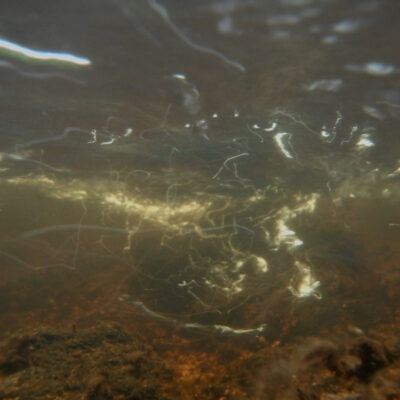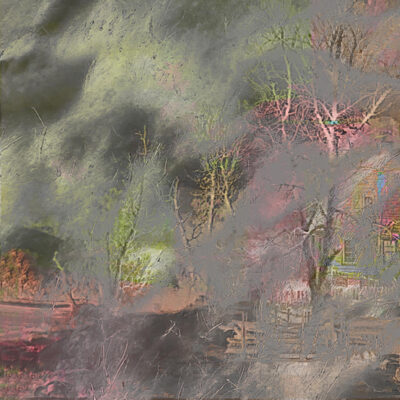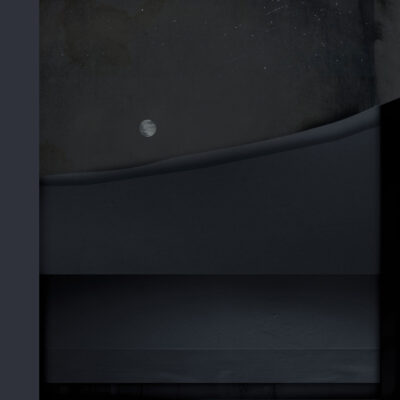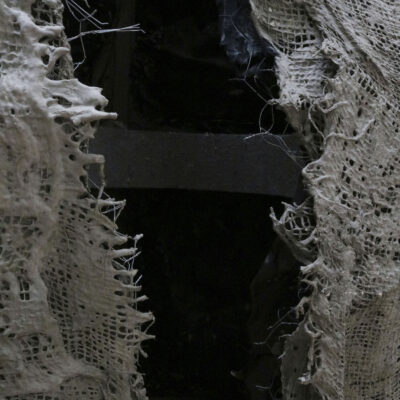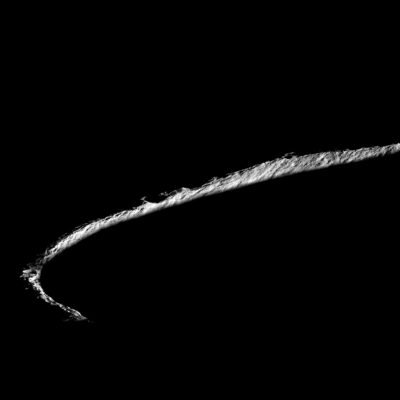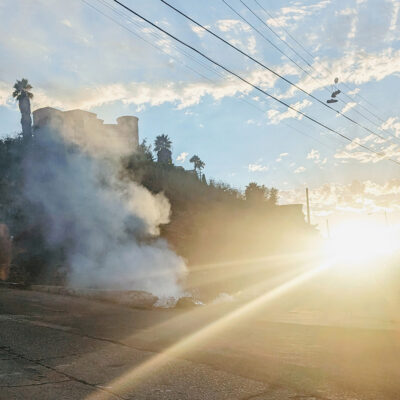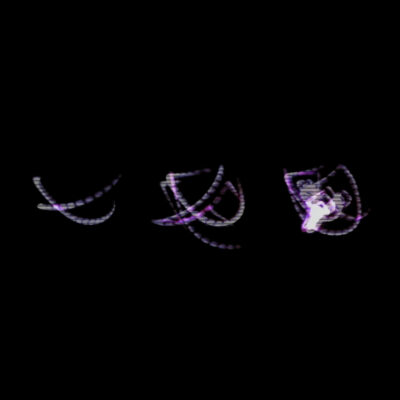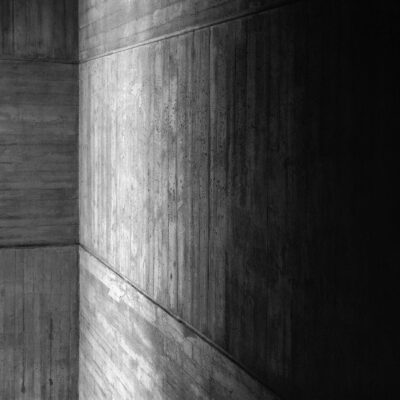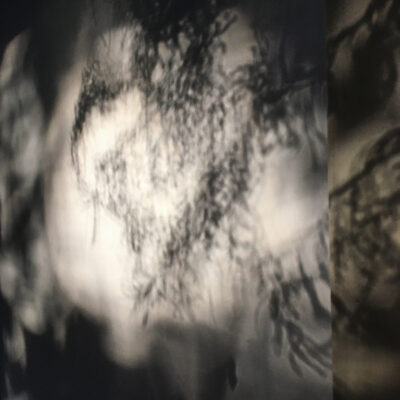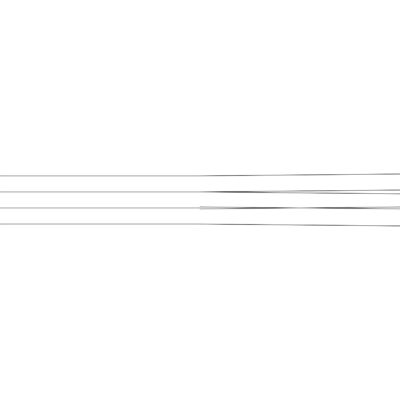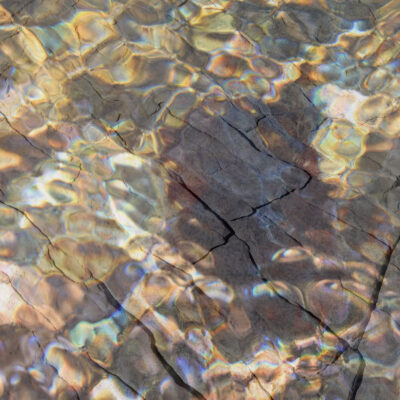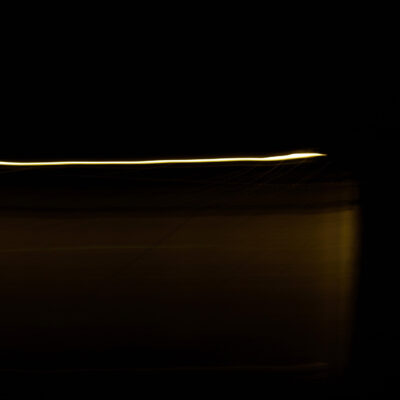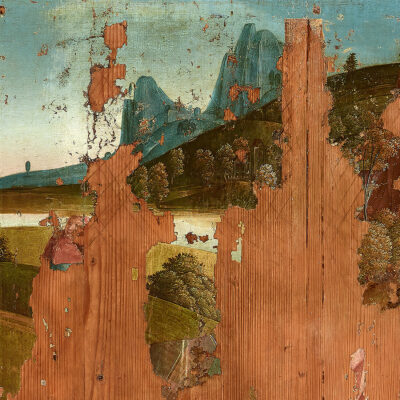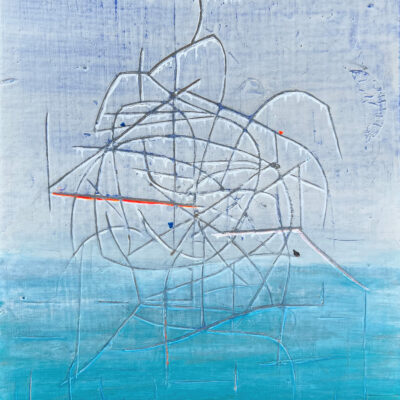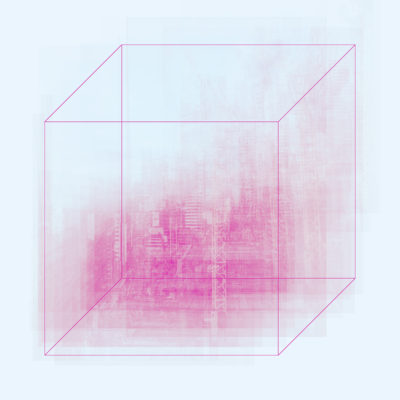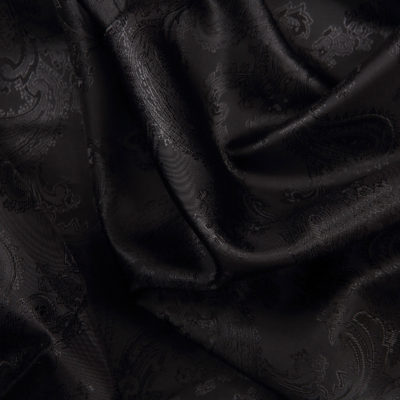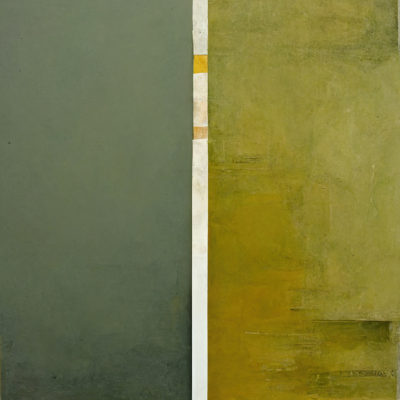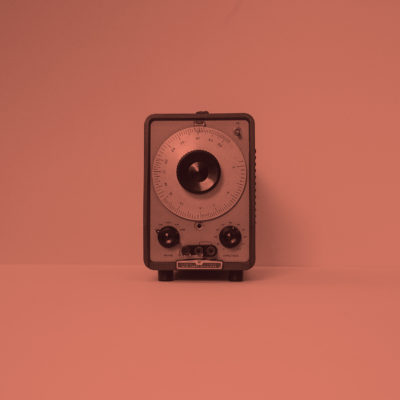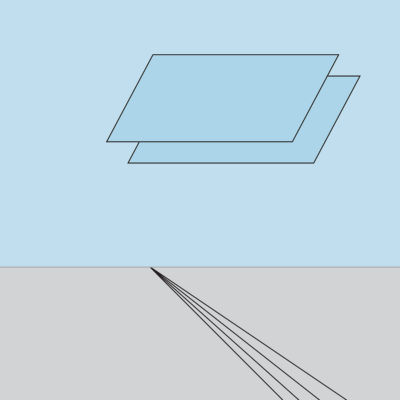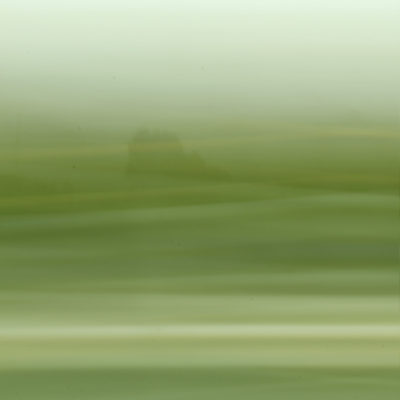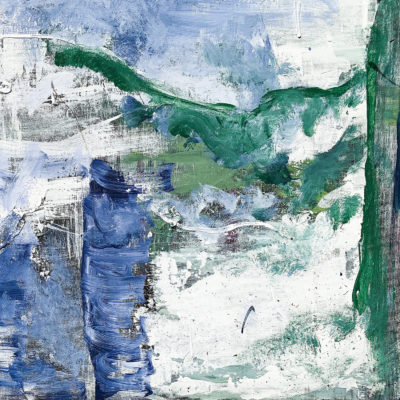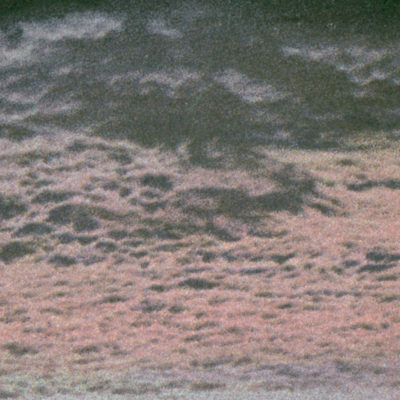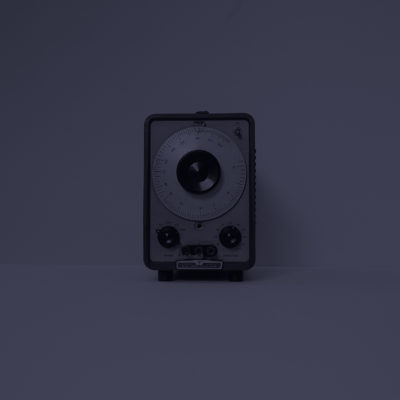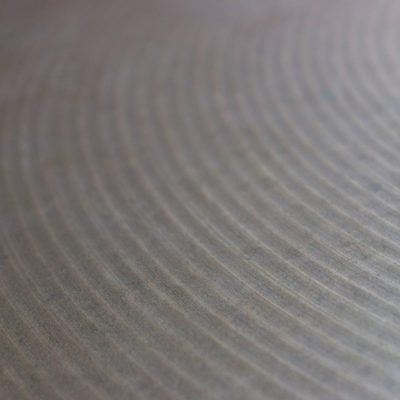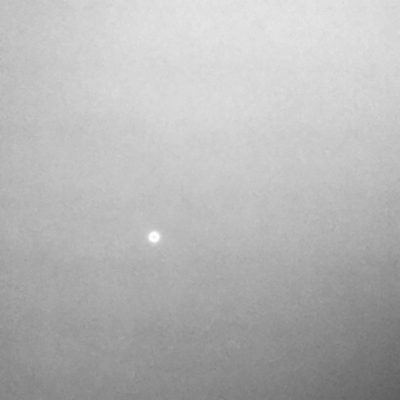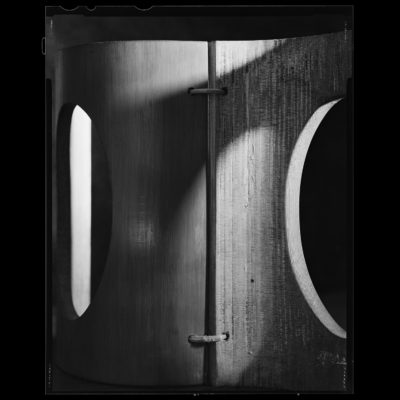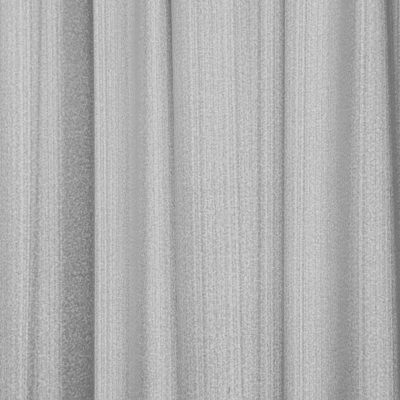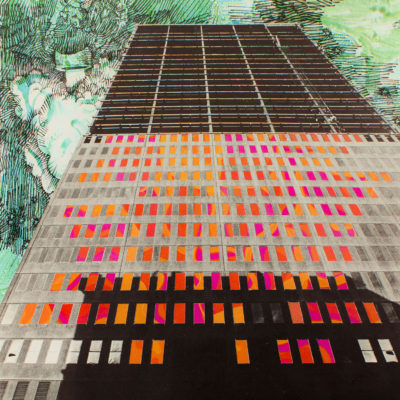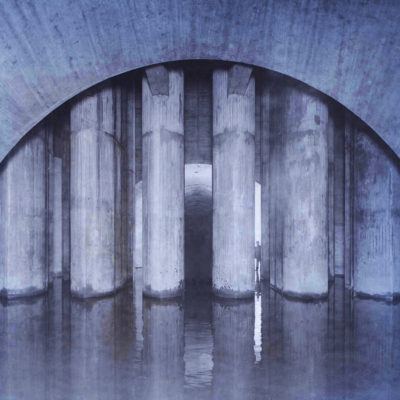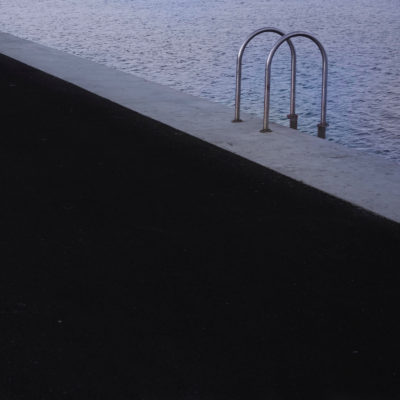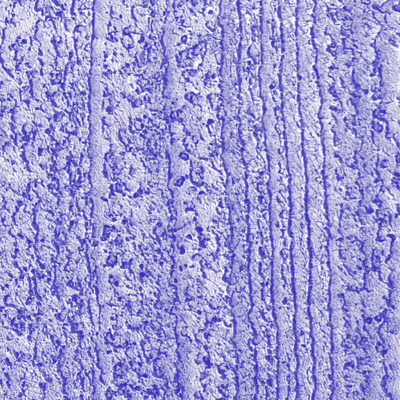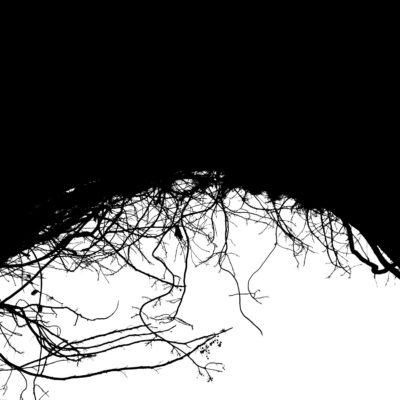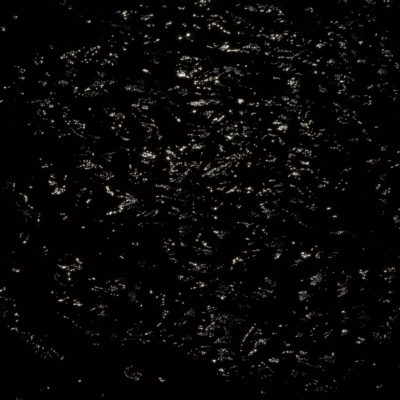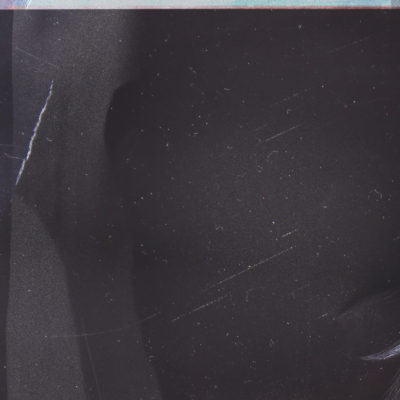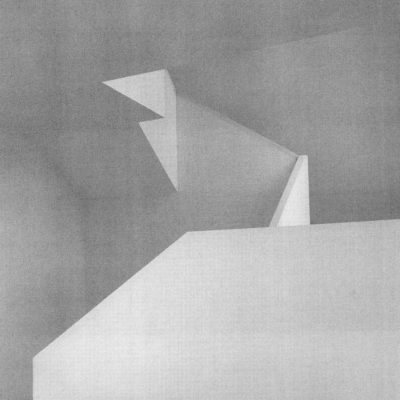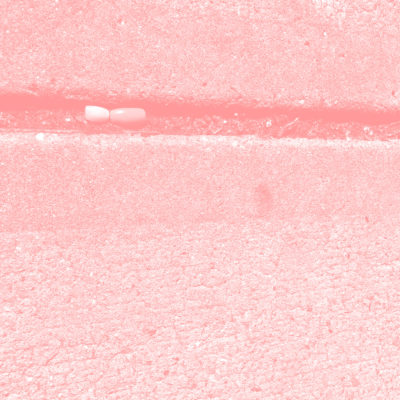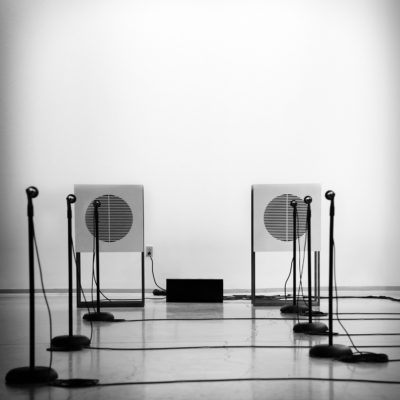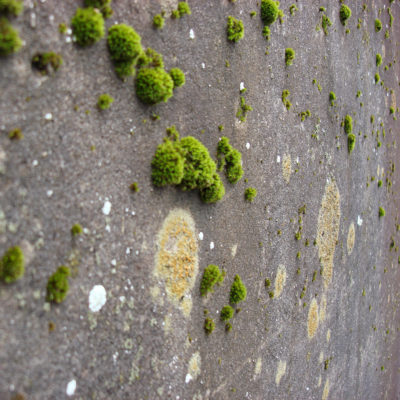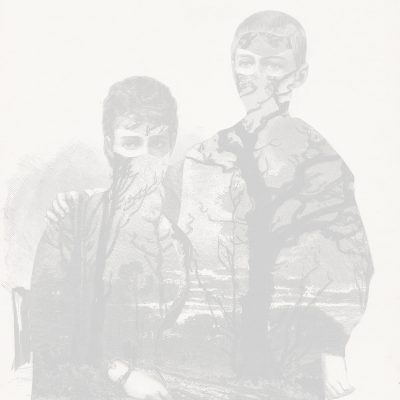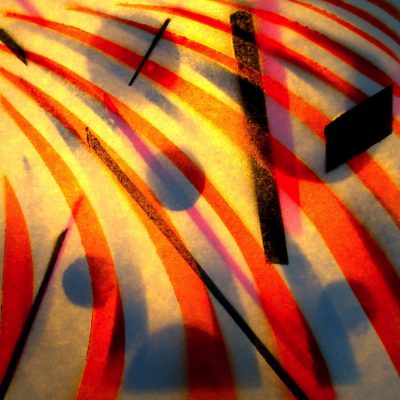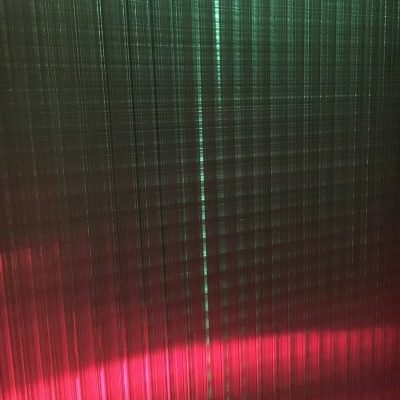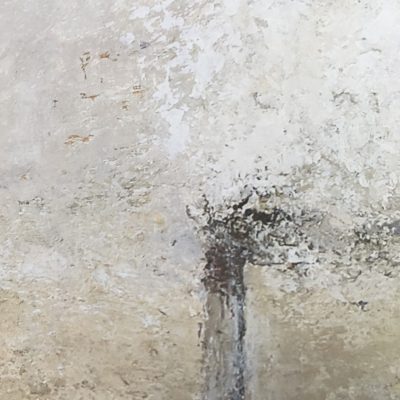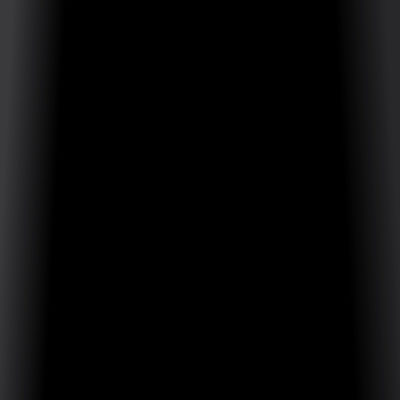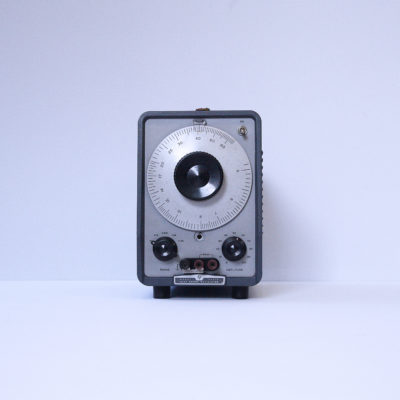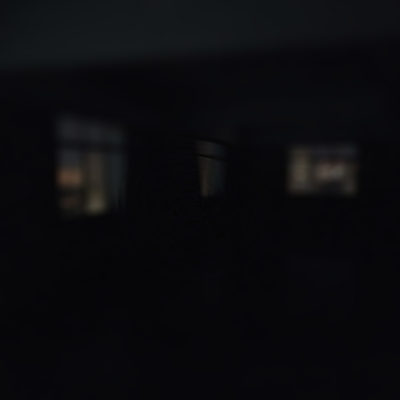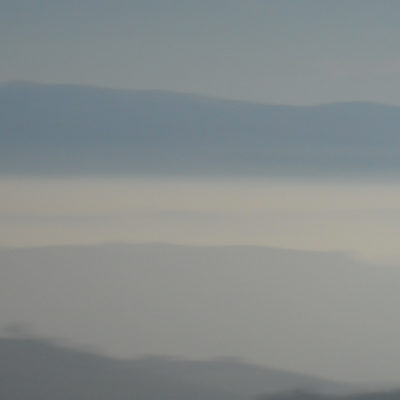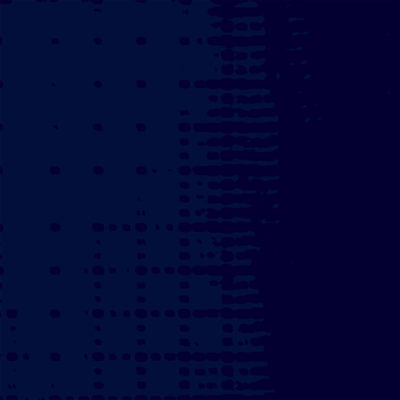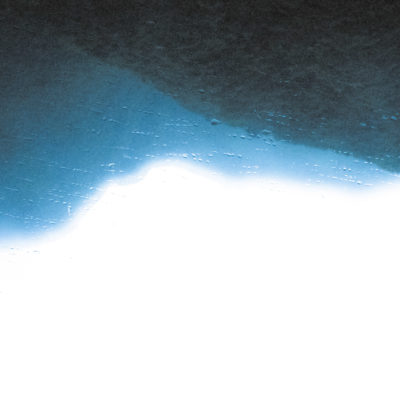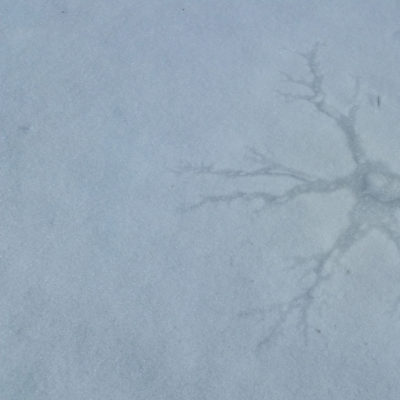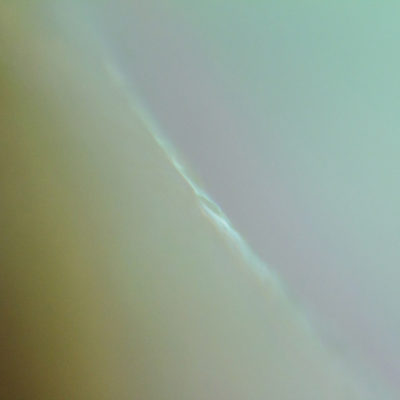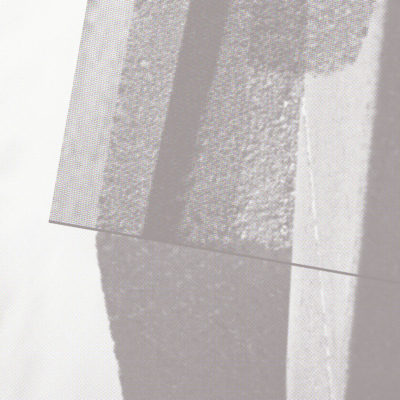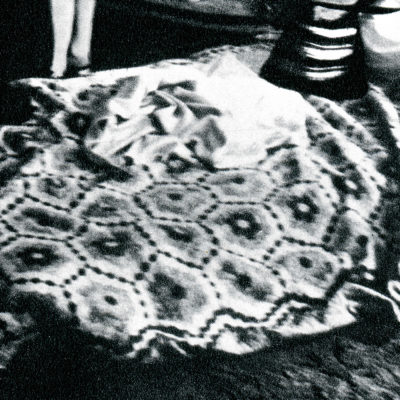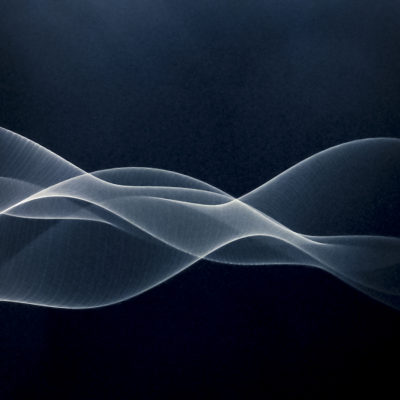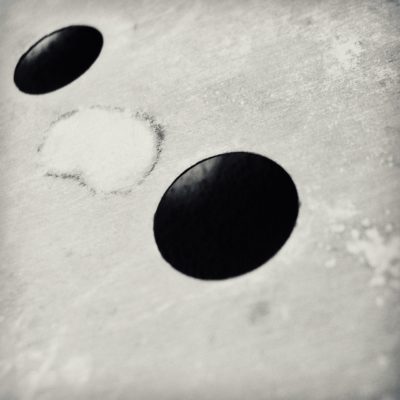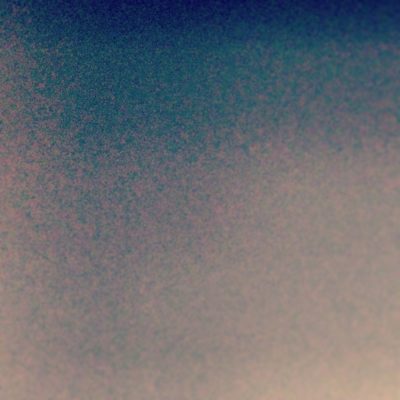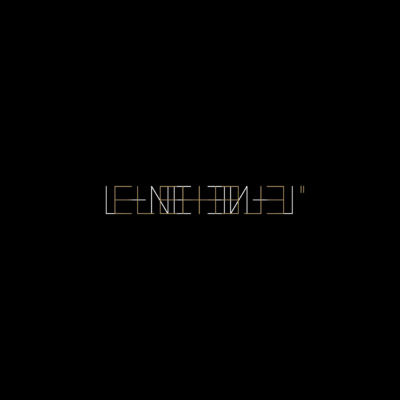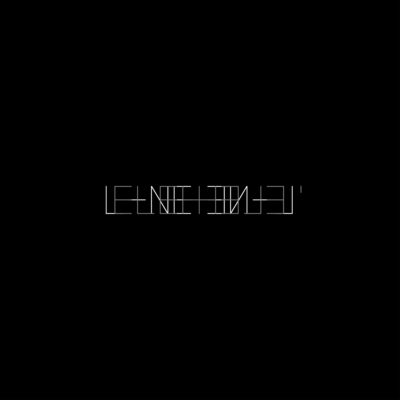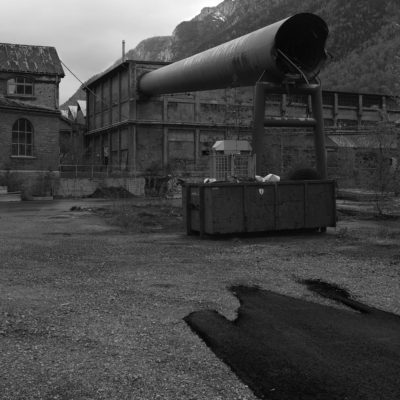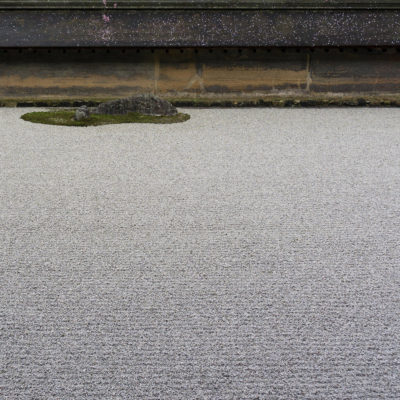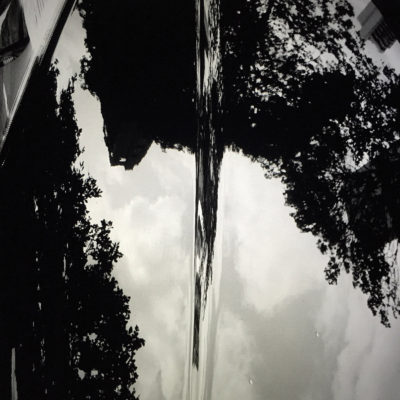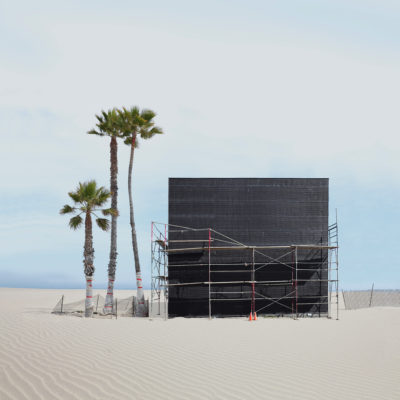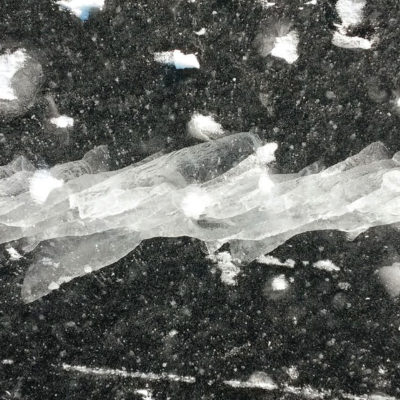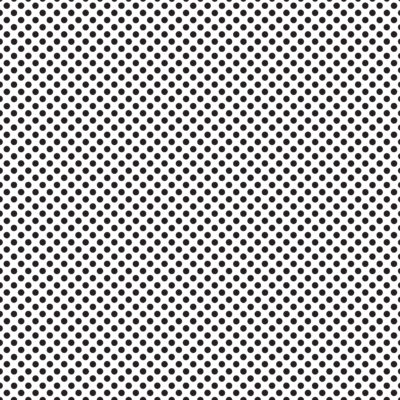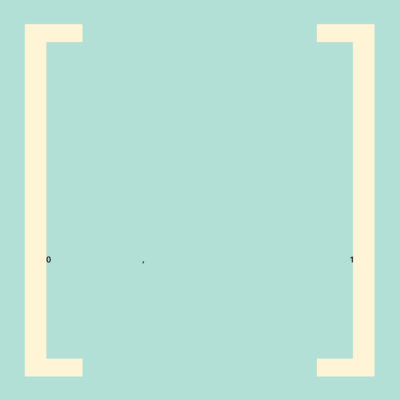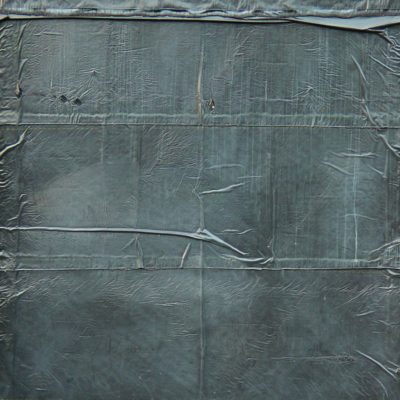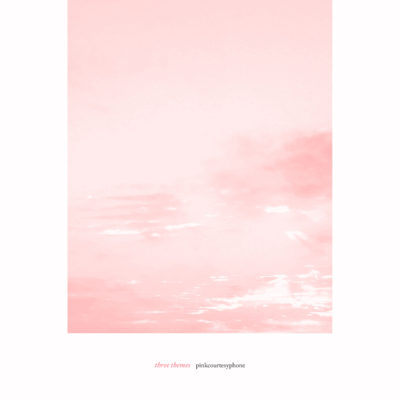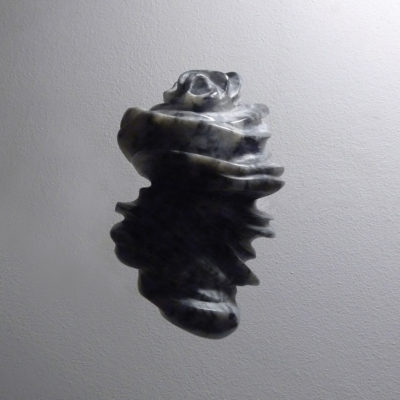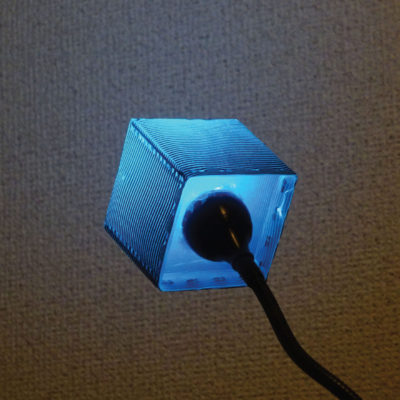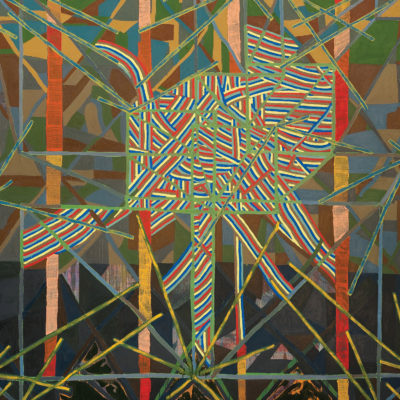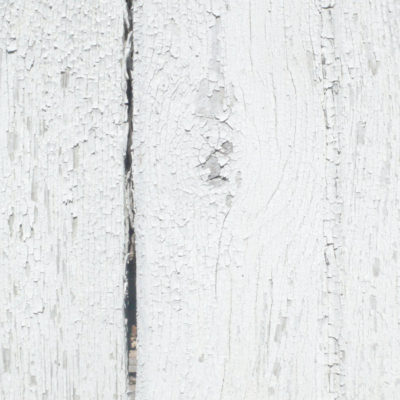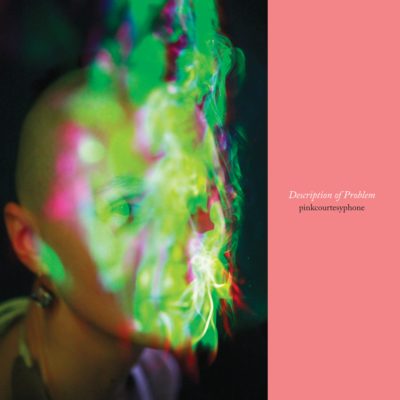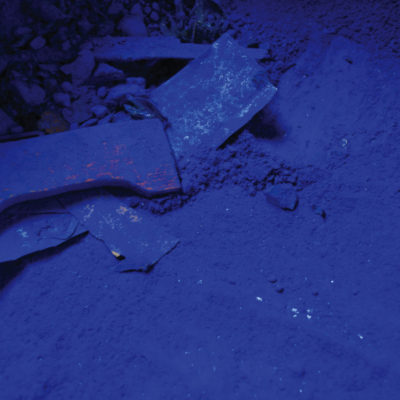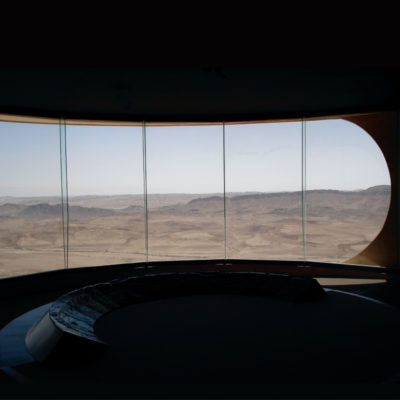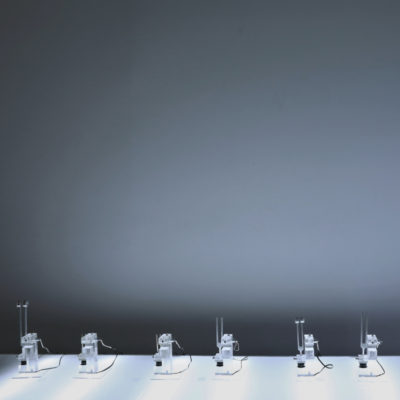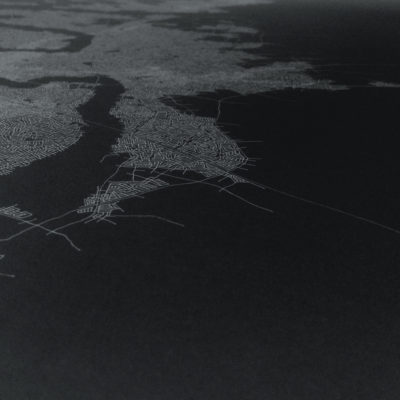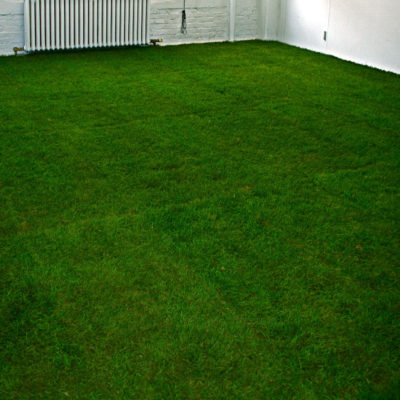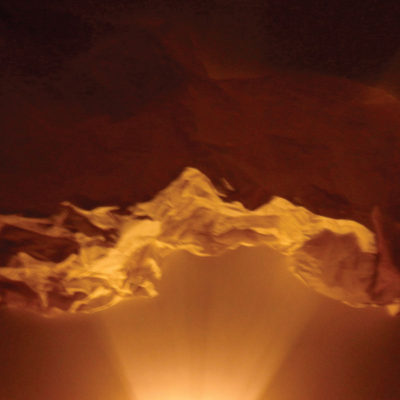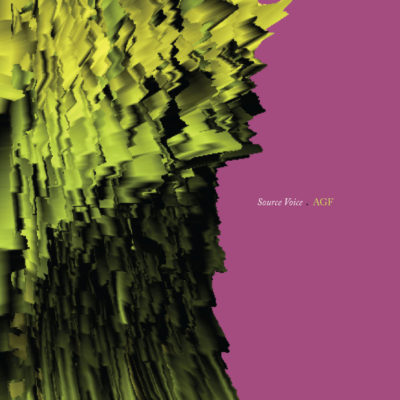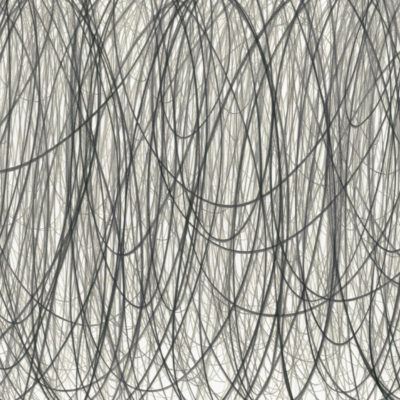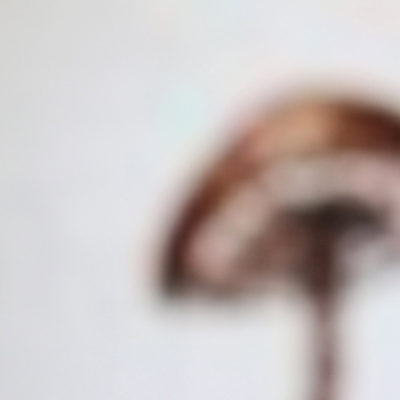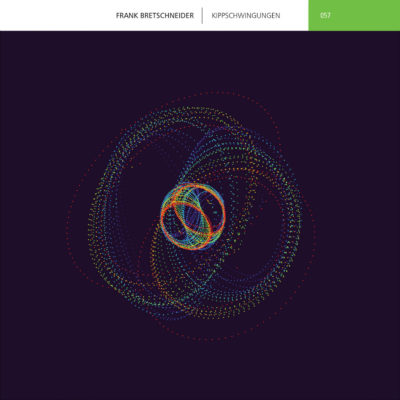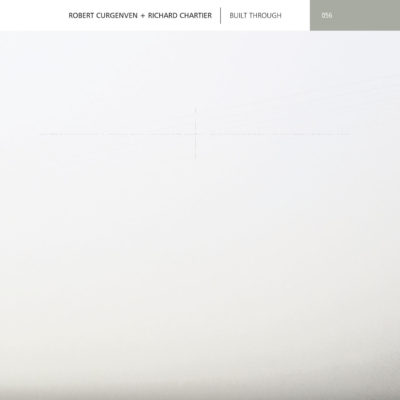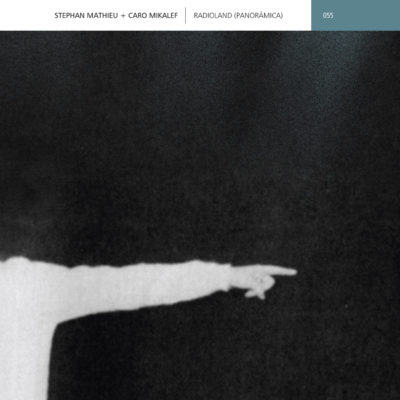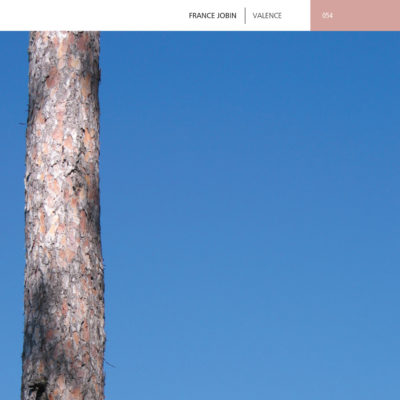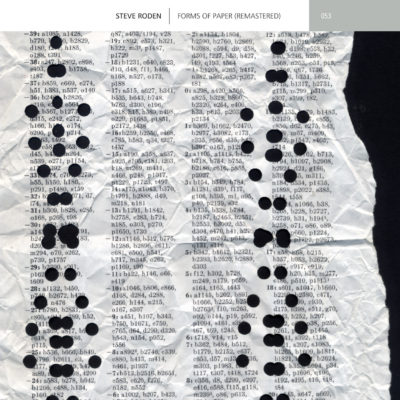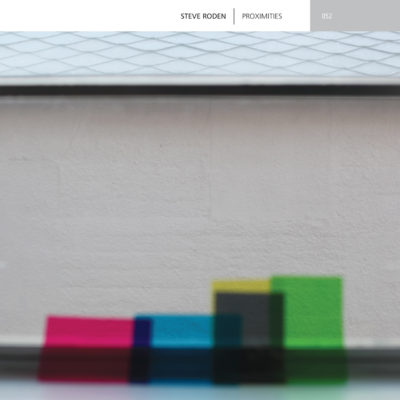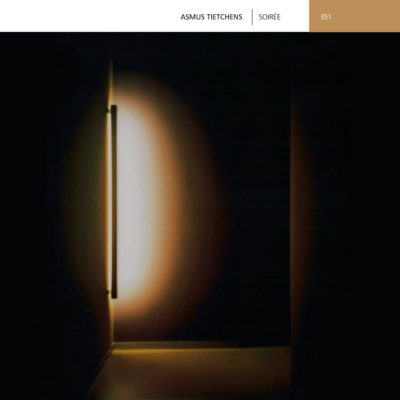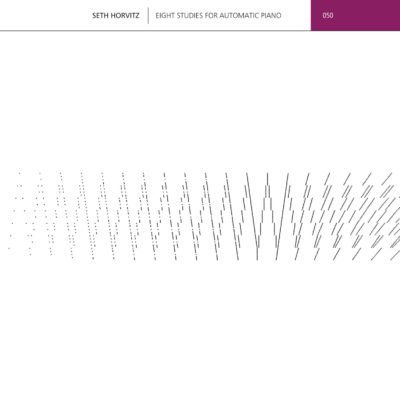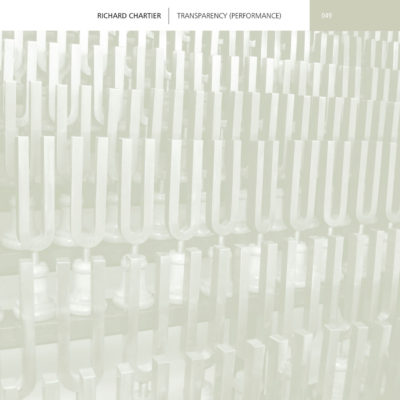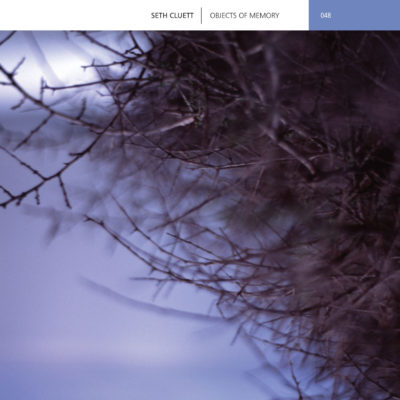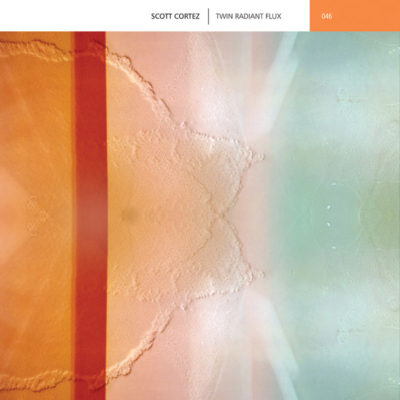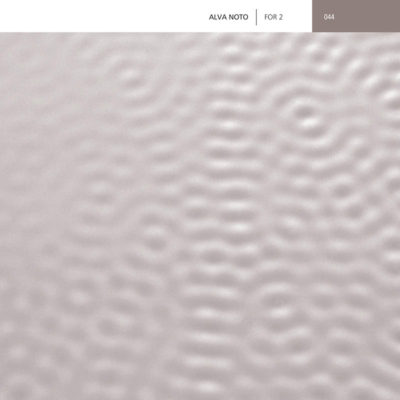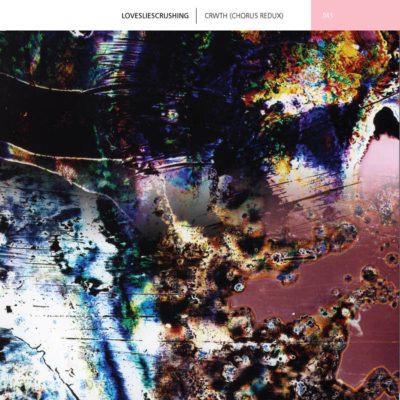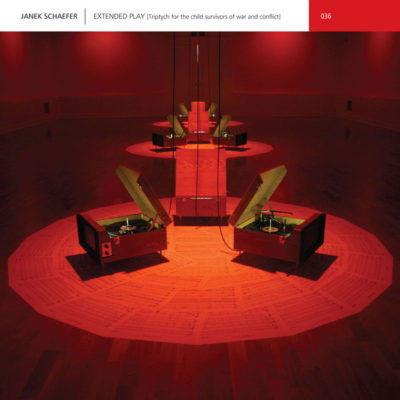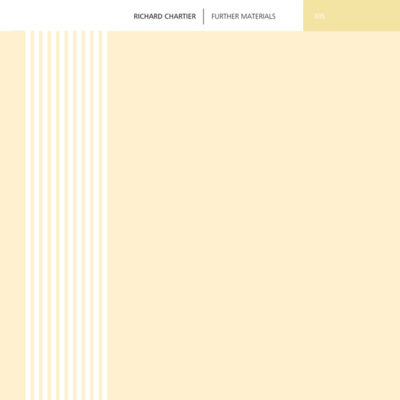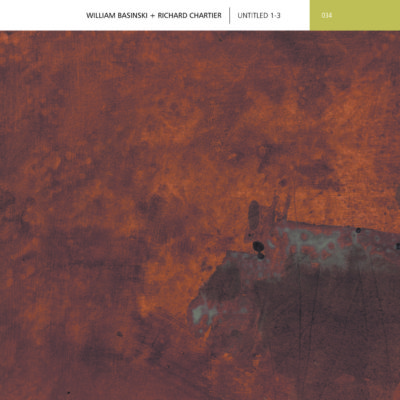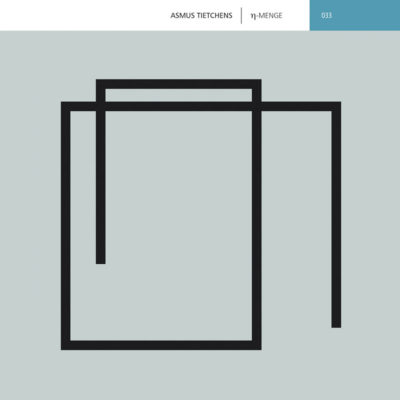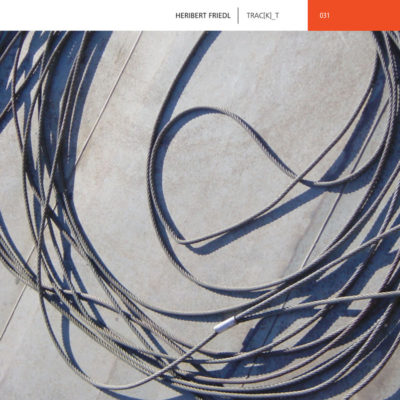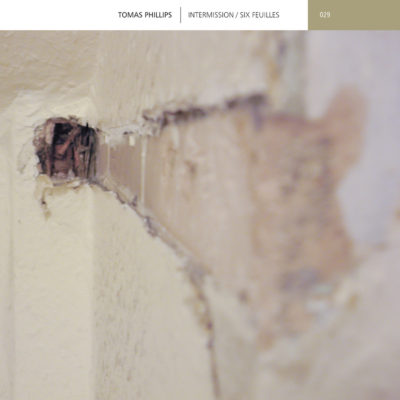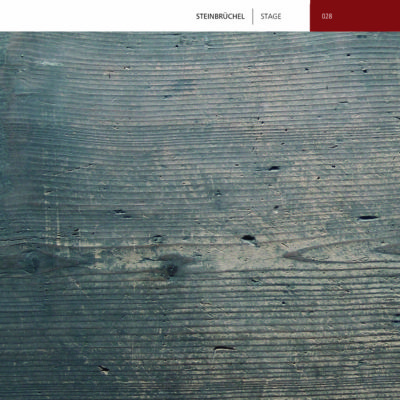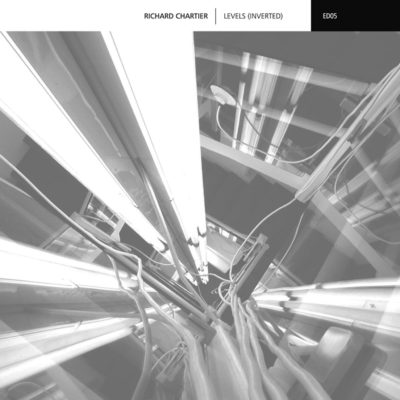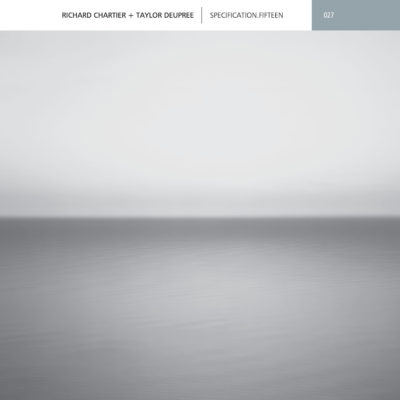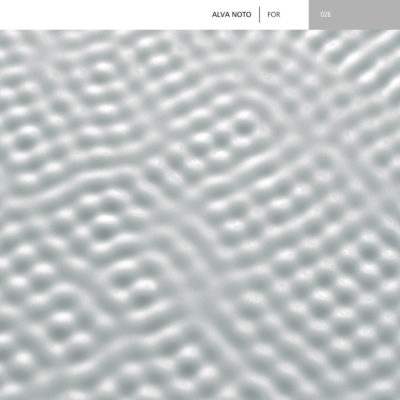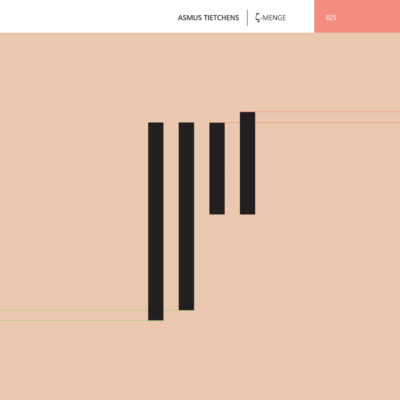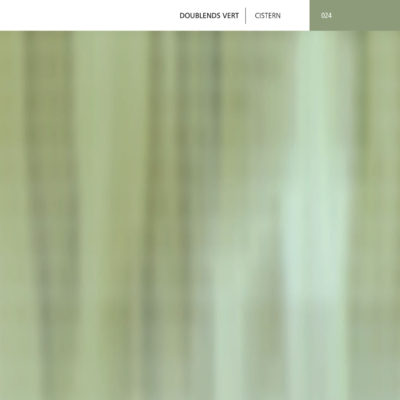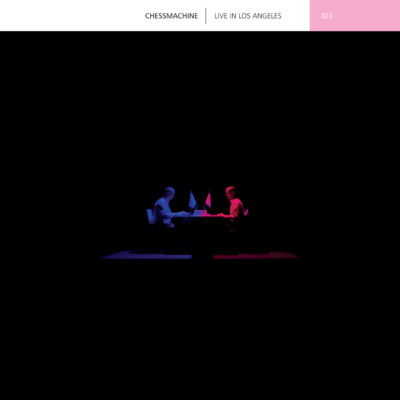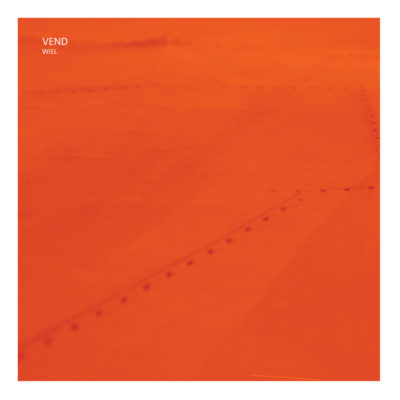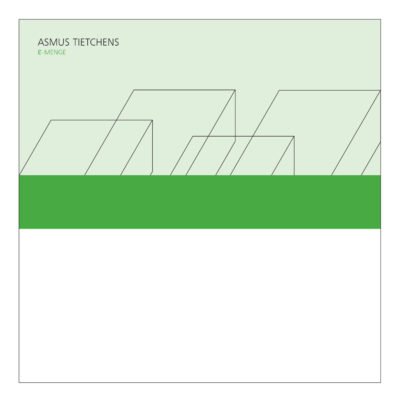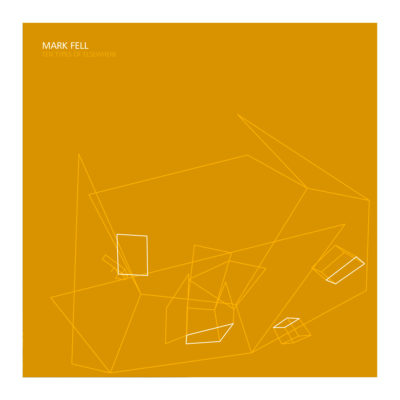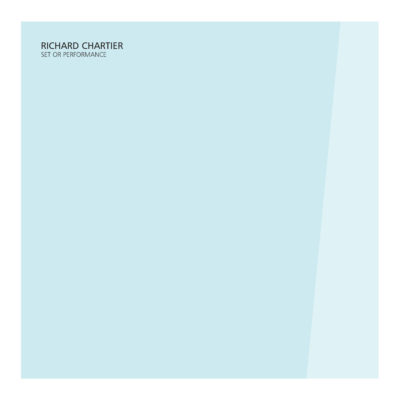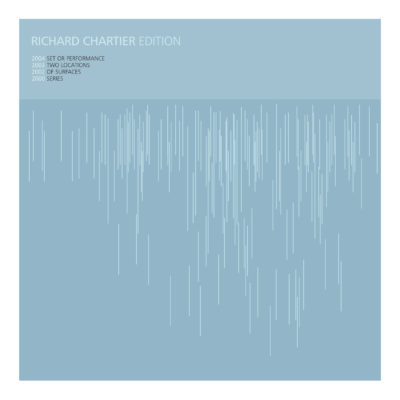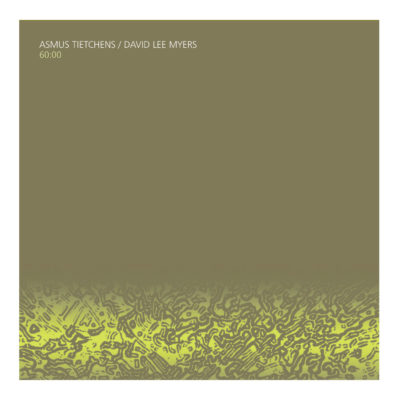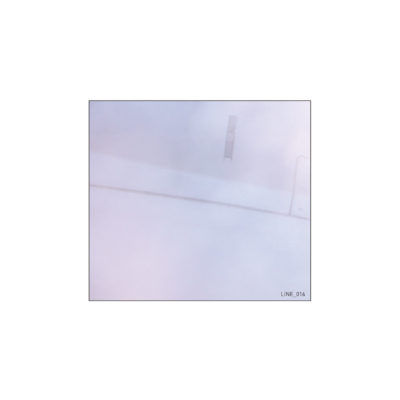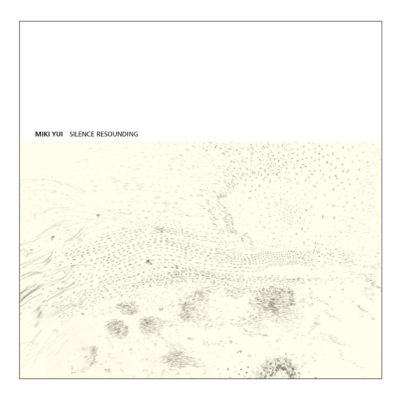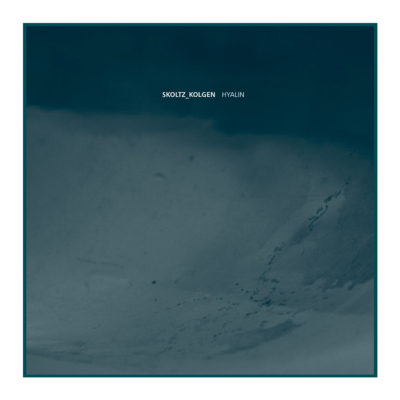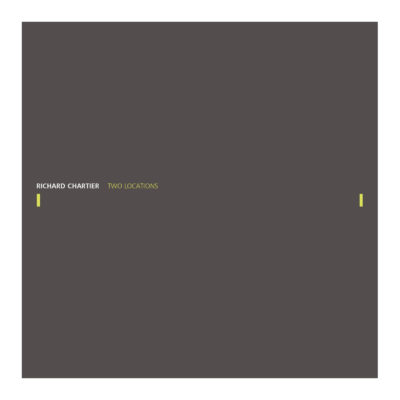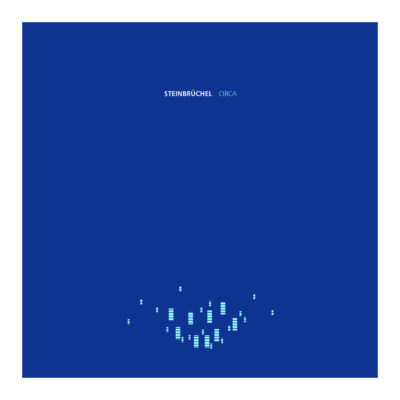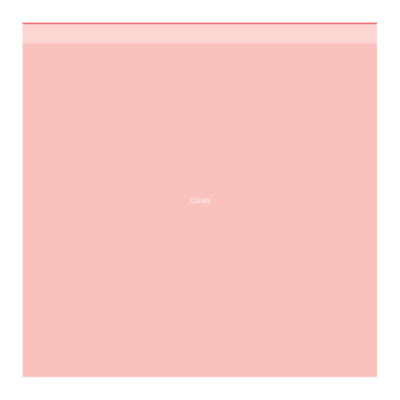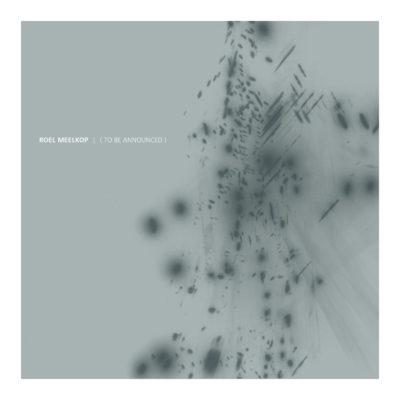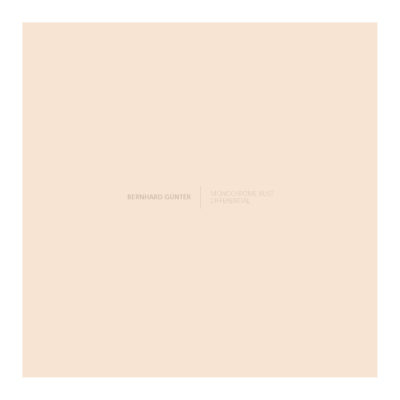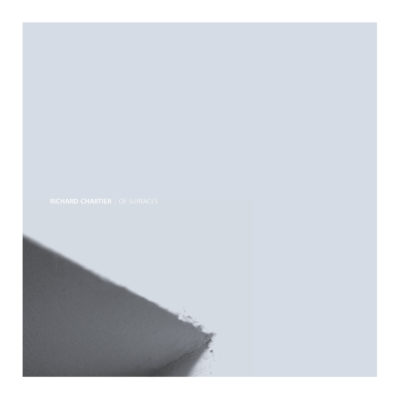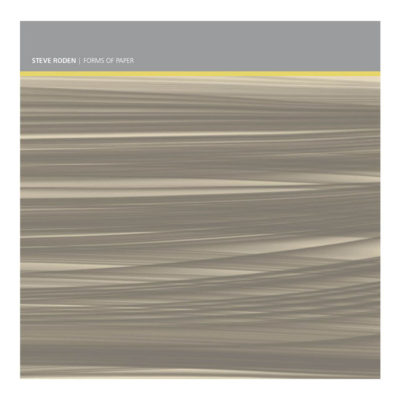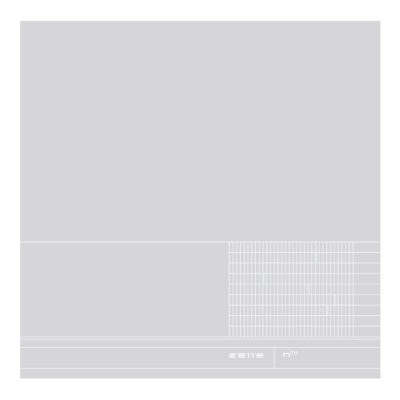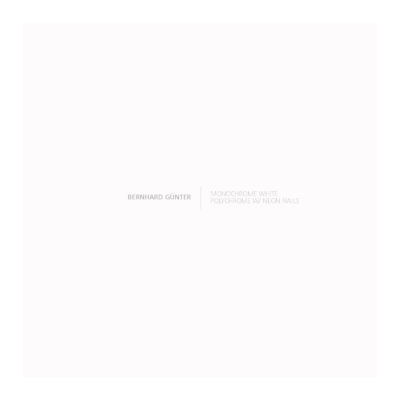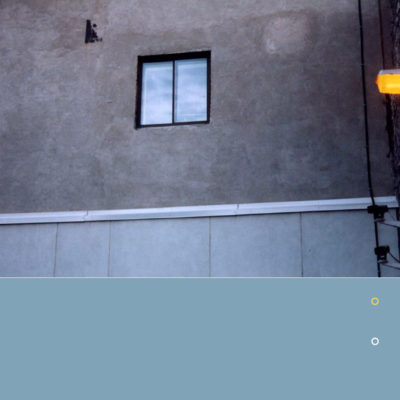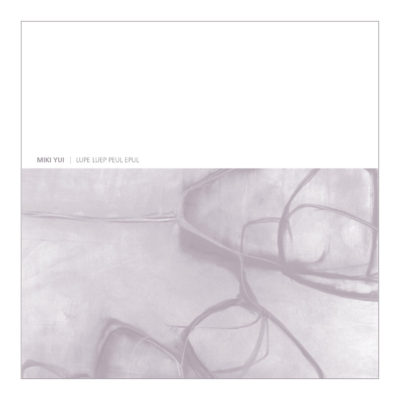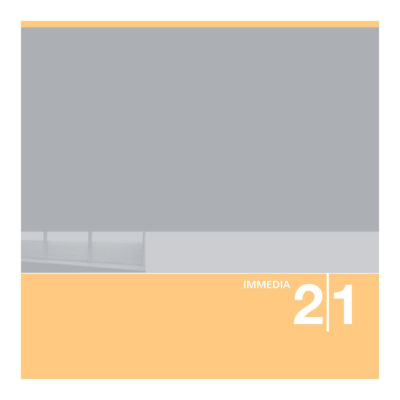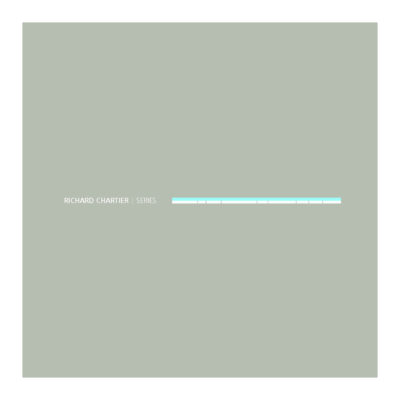Sometimes the ‘lowercase music’ mindset threatens to shift into a debilitating introversion or a contrived diffidence. Pointilist electronica such as Richard Chartier’s Series – released last year but just awarded an honourable mention at this year’s Prix Ars Electronica in Linz – is a remidner how confident and engaged such music can be. As with some of the work of Bernhard Günter (for whose label trente oiseaux he has recorded), Chartier’s music can be almost aggressively quiet. The sounds have been mastered so low that you have to crank up the volume to discern them. Even then they retain an air of ‘quietness.’ Such evasive sound events inevitably get tangled up with the surrounding environment. But it’s worth stretching the ears in search of Chartier’s sequences of exquisitely sculpted sonic events, as gorgeous detail bodies forth out of the shadows. superb.
(the wire, uk)
Artists like Bernhard Gunter and Francisco Lopez have turned the inaudible into a genre in its own right; for the first release on LINE… Richard Chartier turns his ear to the pockets of sound huddled inside silence’s expanse. Truth be told, my computer monitor makes these sounds when my cell phone rings (which should probably worry me), but that’s not to discount Chartier’s work. Indeed, Series proves the depths of Chartier’s investigations into the physics-and the physicality-of microsound, especially as they figure into the inescapable electromagnetic matrix around us. The rumbling heartbeat at the core of it suggests a soul in the machine, while a barely perceptible hiss might just be the sound of circuitry breathing.
(xlr8r, usa)
… Richard Chartier, whose work grows more minimal, yet gains more power every time. From his first releases on Intranstive, Meme and Microwave to this one is like walking backwards. From beats to pure tones, whereas it’s usually the other way round. The music here is at most times virtually non present. At the very best you get some high end tone, and everything else is hidden away. If you put on the recommended headphones, you discover pure beauty. It lives, it grows, there where you think there is just silence. Highly inaccessible music, that requires concentrated listening – maybe not as much as the first Bernard Günter, but it gets close (luckily this is half the length of the first Günter, so I wasn’t as exhausted as when I listened closely that masterpiece). Moving away from the glitchwerkers, into the arms of Lopez, Meelkop and Gunther (and the others, who I never mention – sorry). I drowned in it while playing it. Very very nice stuff. The series are limited to just 500 copies, and I bet they will not last very long.
(vital weekly, the netherlands)
… As on his previous solo and collaborative releases, on Series, Chartier constructs ultra-minimal digital compositions out of miniscule fragments of sound; yet he distills the process still further here, creating ultra-ultra minimal sonic sculptures on the sub-microscopic level. Headphones are essential, as the music is so quiet at times that the ambient noise of even the quietest room threatens to overwhelm it. Indeed, tracks often begin so quietly, as to be virtually imperceptible: only gradually are you able to discern patterns in the soft hiss of static or the gentle bass pulses which at first seem only insinuations of sound. A compelling and exacting release.
(boston’s weekly dig, usa)
Barely-there sounds cascade and bounce from channel to channel, leaving you with little more than an itchy feeling in the ear. Minimalism is rarely done this good; however, it’s rarely done this extreme (thankfully!). This is the fourth solo release by Chartier, all of which have treaded a similar, if not quite as minimal, water. These sounds, existing on a plane almost out of the range of hearing, only serve as an additional layer to the noises of everyday, seamlessly melting into your consciousness like a heartbeat rhythm pulsing in your ear. Of course, is it music? No. What Series is, actually, is the Platonic ideal of ambient. It’s the silt left over after sifting music and incidental sound through an ultra-fine sieve. Clicks, hisses, and pops echo faintly in the full stereo picture, while shifting throbs of bass settle in your ear like wet cement. A metallic fluttering, joined by amplified channel hum, darts from left to right in the back of your mind on track three, only to be processed flat to a sharp, skittering tone. Track seven goes by almost without an incident, but listen close and you will hear a faint buzzing and almost inaudible high-pitched clicks – blink, and you miss them. A near-transparent sound event, Series works as good in the blinding white silence of art gallery space, or as on of the million gauzy films of sound that make up everyday life.
(faqt magazine, usa)
It don’t get much more minimal than this! While Richard Chartier is no stranger to microscopic sound synthesis, he turns it up (down?) a notch with his new ultraminimal excursions. series is the first release on LINE. Honestly, after hearing several minutes of “silence”, I thought I’d gotten a bad disc. Closer observation and full volume revealed the miniscule sonics at work below the threshold of “normal” listening… imagine audio images from an electron-microscope-for-the-ears.1’s subaudible hums are dappled with rather spacious sprinklings of digital grit and occasional miniature echoed blips. Low-level thrumming seeps from 2 (2:10), almost unnoticeably panning across left and right. Louder though still very subdued, electronic waves ruffle through 3 tracing the contours of microscopic hills and valleys. A slowly repeating pattern of higher-pitched, fine-grained mist pulses then fades; 4 (9:16)’s self-replicating cycle is joined by a hint of a metallic warble and almost imperceptible bass fibrillations. The mode shifts to a hovering veil of gleam, alive with barely discernible activities within; some of these tones grow comparatively “loud”. Various zones of effervescence are reached as 6 bridges sonic regions of hushed static through areas of void. Crisp insectoid buzzings inhabit 7, phasing in and out over vague terrain. Slightly more audible, 8 riffles on ebbing/flowing neutronic waves, drawing nearer then away. Tinny warbling emits from 9, bespeckled with microbe-sized pips and scritches. While known for his spartan electronic endeavors, Richard Chartier is now dabbling in the turn-it-up-or-you’ll-miss-it realms of hyper-micro-minimalism. Not that the 43-minute-long subatomic digital soundscapes of series aren’t interesting to explore – they are – it’s just that even with headphones, these 8.3 audiomolecules can be overridden by external environmental noise. You’ll need a capable stereo system, good ‘phones and a very quiet place to investigate these extremely quiet (though certainly worthwhile for microscopic fans) spaces…
(ambientrance, usa)
Never it has been written so much about of so less. What we’re talking of? Of course of the new post-digital electronica or, if you wish, microwave… That granted and surprise effect vanished, it’s almost useless to come to the conclusion that at this very moment the exponential increase of microstars (?!) and glitch worshippers is balanced by a productivity inflation and a low levelling of the average quality of the new releases in this field. But luckily these faults don’t spoil the whole discography of the American artist Richard Chartier, particularly Series, for sure his most mature and significant work to date… the album rivals in the matter of silence with the most sober works of Bernhard Günter (headphone listening is strongly recommended). Imperceptible volumes and high frequencies besides every sound taboo, static tones, little cyclical and ultra-stylized interferences, very light sinewaves and immobility as of zen ataraxia force the listener to catch the very infinitesimal, viral, bacterial essence of the sound in itself and its complex relationship net with time and space. In substance, a statement about how and as much in these years the acts of making music and listening have radically changed as to we knew and conceived them. Vote: 8/9
(blow up, italy)
Rapidly becoming established as one of the more audacious, albeit quiet, participants within the field of microwave, Chartier’s latest and arguably purest work to date sets a benchmark that will be a challenge to follow. Few artists use the spaces between audio quite as effectively or as courageously as Chartier. A parallel might be drawn with the diaphanous atmospheres of Bernhard Günter or the more austere soundscapes of Francisco Lopez but Chartier is altogether something different. Like his delicate paintings, there is the distinct sense that each discrete audio event – each crackle, pop and hiss – is treated with all the reverence usually reserved for sculptural elements of (seemingly) larger and more tangible significance. Series demands close, attentive listening and – perhaps more fundamentally – a quality pair of earphones. Sound objects cascade from the quiet, establishing themselves during brief bursts of activity only to die away moments later. A parallel might lie at the level of viruses or bacteria, where activity – though often ferocious – takes place almost unseen. Series[4] opens to a sequence of sustained attacks on an invading cancer, massed white cells repeatedly wreaking havoc at cellular level, a vibrant encounter that unfolds within the space of no more than a few seconds. Series[6] meanwhile occupies a much more spacious niche, perhaps the constant fluctuations of alveoli within a lung… There’s no question that these works have been painstakingly accumulated, honed and crafted and it comes as no surprise to discover that Series was a full eight months in production. For the attentive listener – despite its outward insubstantiality – it will easily repay a lifetime of listening.
(%array, ireland)
